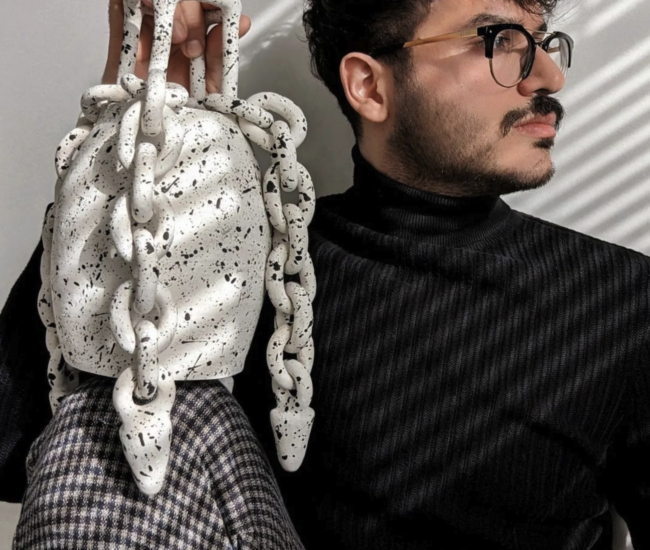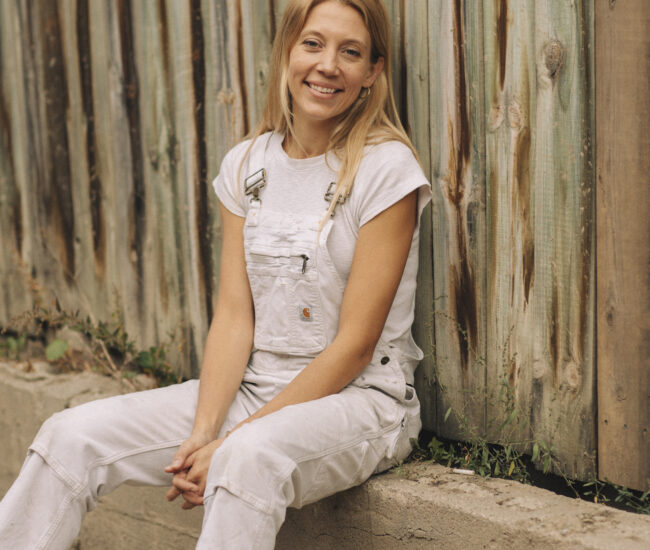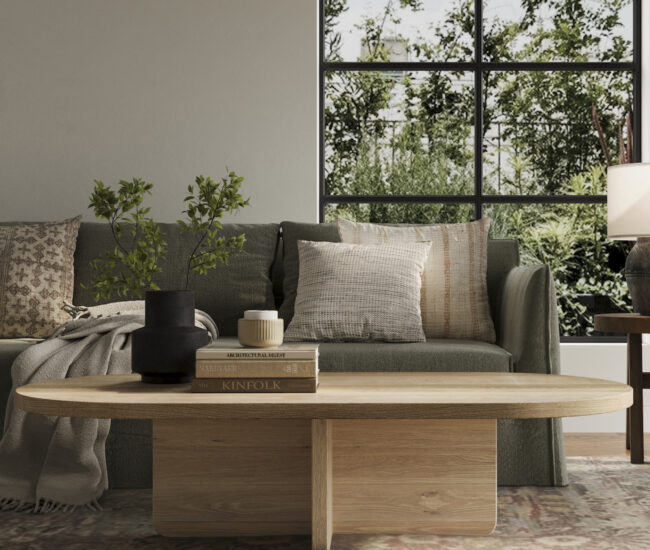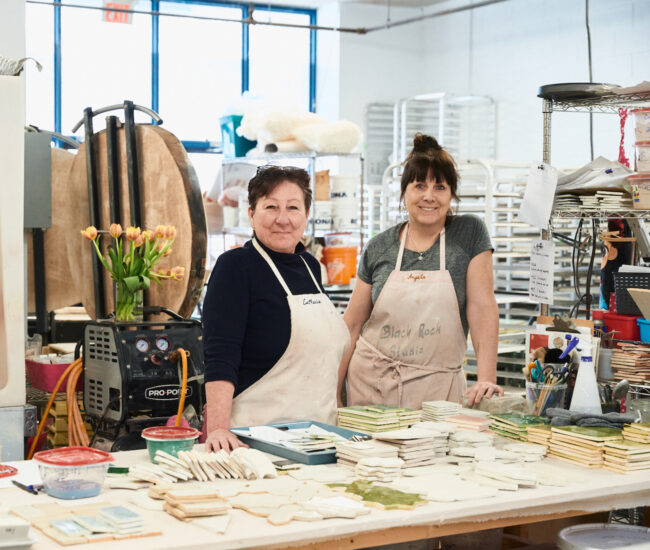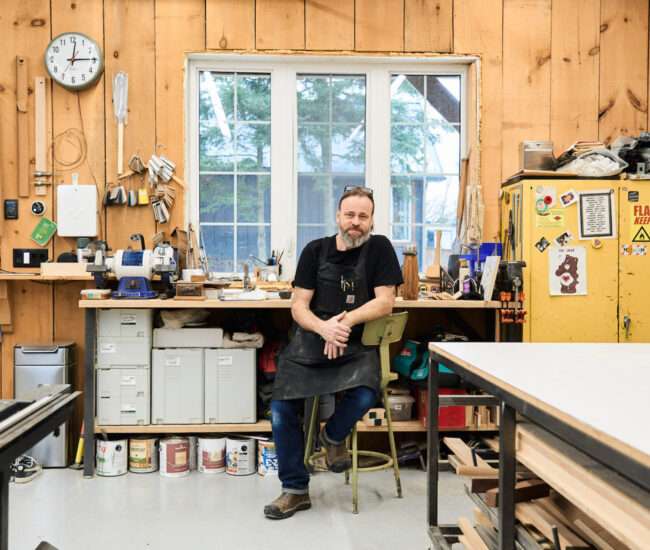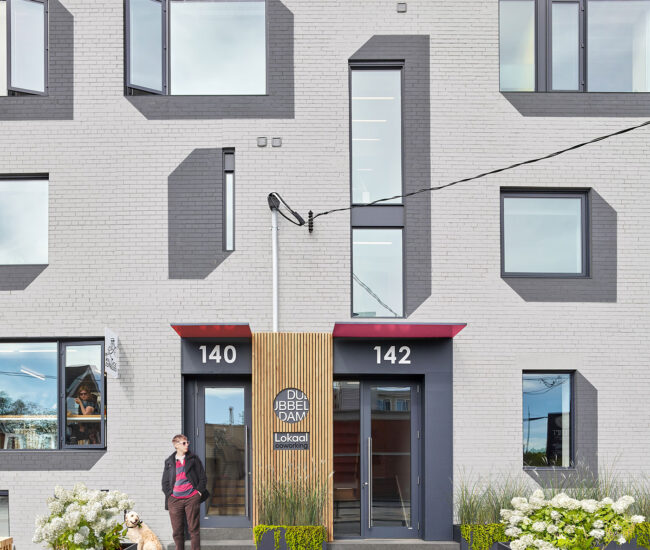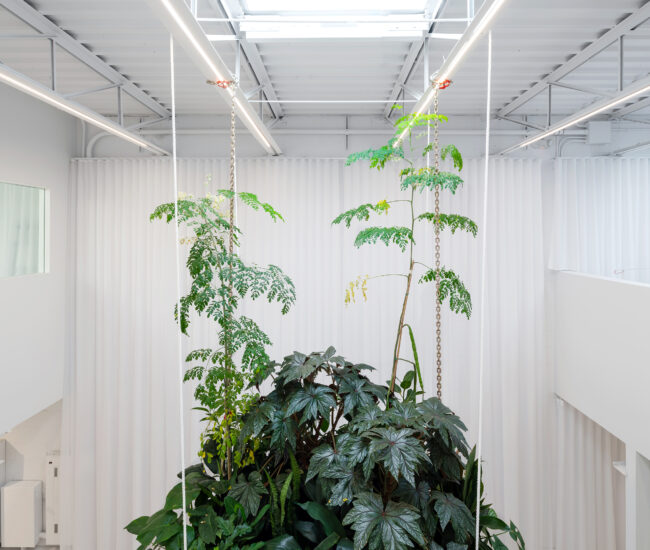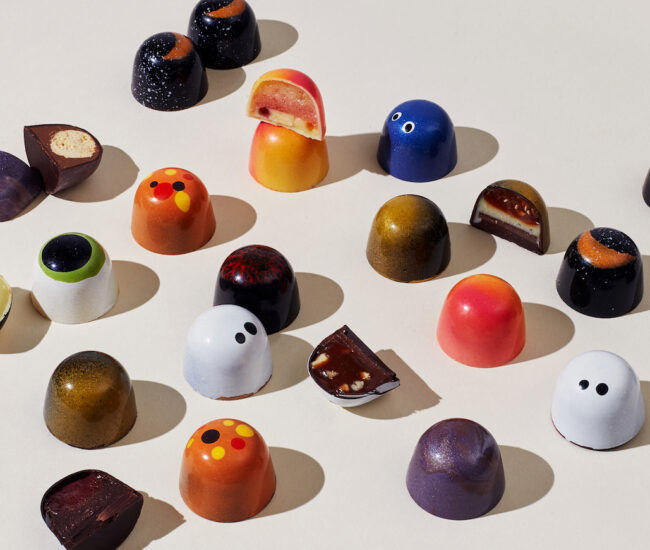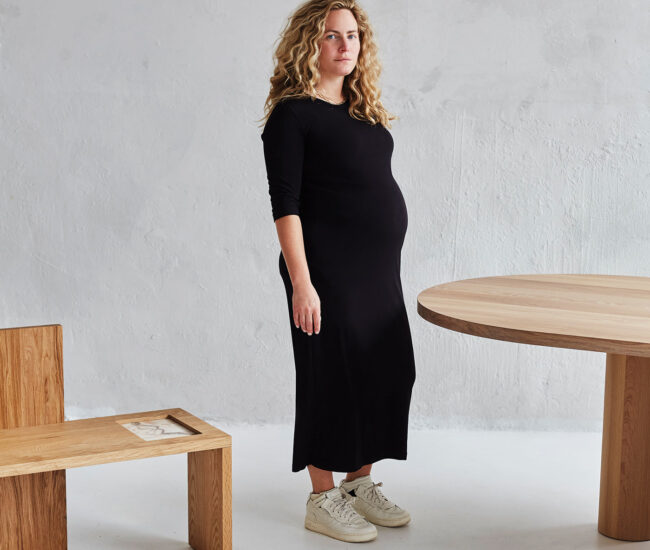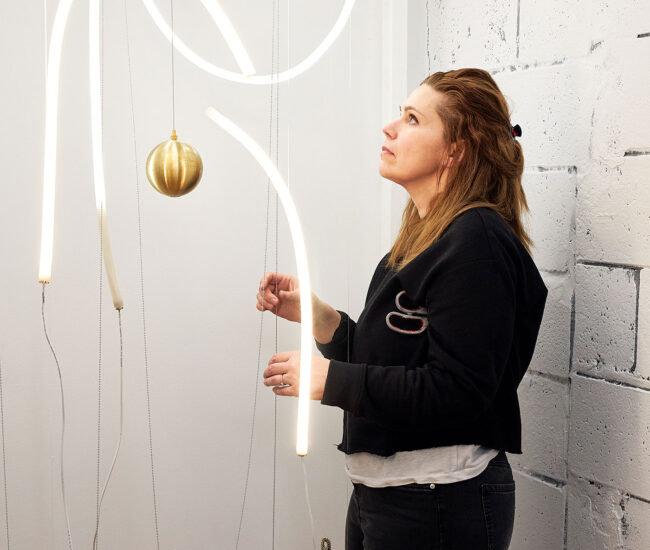stré studio
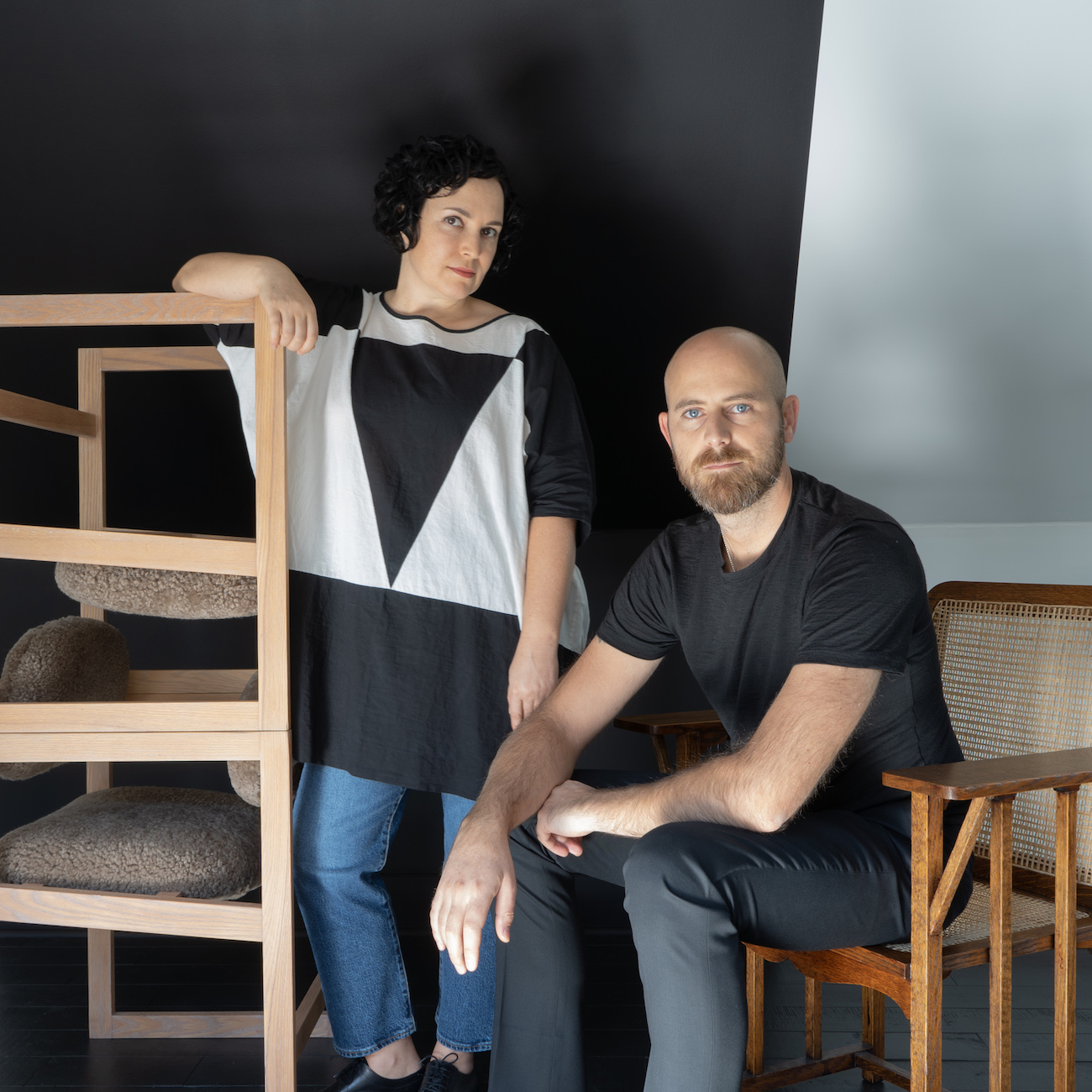
From the attic of their home in Hamilton, Sarah Stafford and Patrick Rechtorik of stré studio reinterpret vintage and antique furniture for contemporary life.
Launched in 2020, stré studio takes its name from the surnames of its founders, Sarah Stafford and Patrick Rechtorik. The couple, who hail from South Africa, met in Toronto while working at the interior design firm figure3. They later shifted to freelance interior design work, and now sell a collection of lighting and furniture carefully restored using methods gleaned from archives, designer records, even YouTube. “Each piece is a completely different project that we have to approach with fresh eyes,” says Stafford. Designlines recently spoke to the duo about their process.
DL: How did you decide to get into the furniture restoration business?
Sarah: We felt like we needed to break up the interior design work and explore other creative avenues. Furniture is something that we’ve been collecting for a long time.
Patrick: We have a gravitational pull to all of these old, beautiful pieces. And they are so varied, from super modern to ornate Victorian stuff.

DL: Where do you find your pieces?
Patrick: We’ve had a lot of success with auctions during COVID because of smaller pickers and suppliers moving to online platforms. We’ve also found things on Facebook Marketplace – stré studio does not discriminate. You can find the most amazing things pretty much any place. It’s just about keeping your eyes open.
Sarah: And being willing to drive. We found a Hans Olsen 161 modular sofa set on an auction — It’s like a bench and these chairs fit into it. The chairs had been stored in a barn and the auction house just threw them on the lawn. No one recognized what they were.

DL: What catches your eye?
Patrick: We’re very much drawn to pieces that have an eminence of character and have been loved over time and developed a patina. The Queen Anne chair is a great example. The lady who owned it before had used it so much that she’d worn right through the finish on the arms. Those are the kinds of things we really love to see. In North America, people often try to hide that wear or consider it a defect more than an enhancement. We feel the opposite. Things that have been taken care of and loved over time, that have these beautiful wear marks and personalities, to us, add a great level of value to the piece.
Sarah: And then we layer on top of that. With the Queen Anne chair, restructuring the seat was a layer on top of that history, rather than a complete refinishing of the whole piece. If it looked brand new, that would defeat the purpose.
DL: Is there a steep learning curve with each piece?
Sarah: You have to know a little bit about them before you buy them and determine whether the value is there. Is it worth re-caning? With the McKinley chair, for example, Patrick literally took that whole chair apart and re-glued it with traditional hide glue. It’s a huge amount of work, and requires certainty that the piece has inherent value.

DL: Do you do all of the work — the caning, the refinishing, the upholstery — yourselves?
Sarah: It’s proven hard to find people who will use the methods we favour like upholstering with springs and horsehair. It almost doesn’t exist here, so Patrick has taken that on himself.
Patrick: Most of the pieces we’ve purchased for stré studio have been intact, which makes them easier to reverse engineer.

DL: How do you see them working in contemporary spaces?
Patrick: We like to pull pieces apart and really give them breathing room and negative space. People see that with artwork: they’ll hang it on the wall and every time they walk past it, they’ll feel some level of enjoyment. We recognize that same level of enjoyment in furniture.
DL: Is it hard to part with them after such a painstaking process?
Sarah: It is!
Patrick: It’s the number one thing that we say when we’re finished: ‘Maybe we’ll keep this one.’ I think we’ve said that about everything. Strestudio.com

